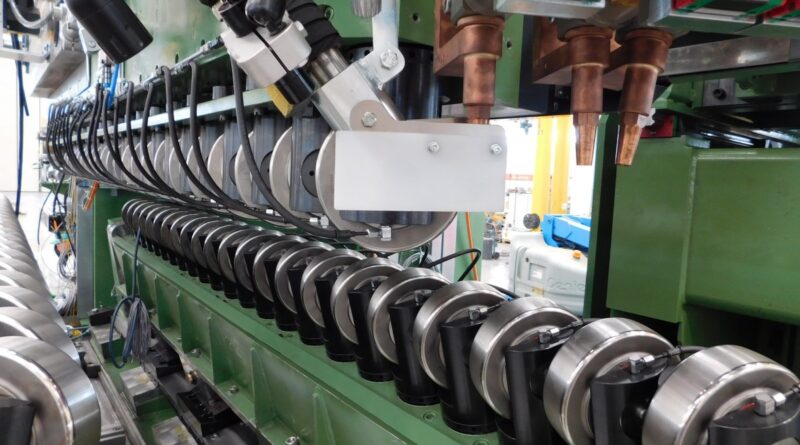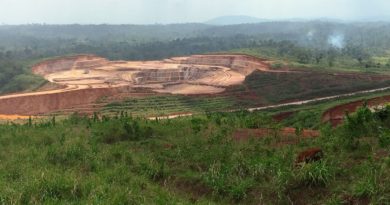Production and sales data in the manufacturing sector is encouraging
JOHANNESBURG – The improvement in Metals and Engineering (M&E) production and sales is encouraging as it indicates the economy is slowly gaining momentum despite the COVID-19 pandemic, the Steel and Engineering Industries Federation of Southern Africa (SEIFSA) said yesterday.
According to manufacturing data released by Statistics South Africa (StatsSA), total manufacturing production improved to 12.5% year on year in June 2021 compared with June 2020, despite a month-on-month decline of -0.7% from May 2021. Total manufacturing sales increased by 29.3% year on year in June 2021, while declining marginally by 0.3% from May 2021. Year to date, manufacturing production increased by 16.3%, with sales improving by 28.9%.
Within the M&E sub-sectors of the manufacturing sector, which accounts for a 29% share in manufacturing production, total production across the 13 sub-categories increased by an average of 27.6% in June 2021 year on year, with total sales increasing by a high 38.6%, to reach R81-billion in June 2021, with the largest sales value being in the non-ferrous metal products category at R19.1-billion.
As one of the backbone sectors of the South African economy, the M&E sector remains a crucial supplier of inputs into major sectors such as construction, automotive, mining and other manufacturing sub-industries, and is thus an integral part of economic and industrial development in South Africa. SEIFSA Chief Economist, Mr Chifipa Mhango said it was therefore crucial that the government supports a turnaround in the sector by prioritising the implementation of policy interventions identified in the Steel and Metals Fabrication Master plan 1.0.
Mr Mhango said that the current capacity utilisation level of below 80% within the sector nevertheless remains a concern. With the government easing lockdown restrictions and accelerating the COVID-19 vaccination drive, the M&E industry needs to focus on ramping up production to meet increased demand as the economy normalises, he said.
Mr Mhango said, however, that last month’s unrest will negatively impact production patterns. “While the current production data is positive, we expect growth patterns in July to be slightly lower due to the disruptions caused by the unrest and looting in parts of KwaZulu-Natal and Gauteng as depicted in the lower PMI data of 43.5,” he said.
The current picture of manufacturing production in South Africa is also in line with the positive trend globally. Manufacturing production in major economies such as China, USA, and the eurozone are growing at current rates of 8.8%, 16.1% and 39.4%, respectively. This is encouraging news for the global economy.




